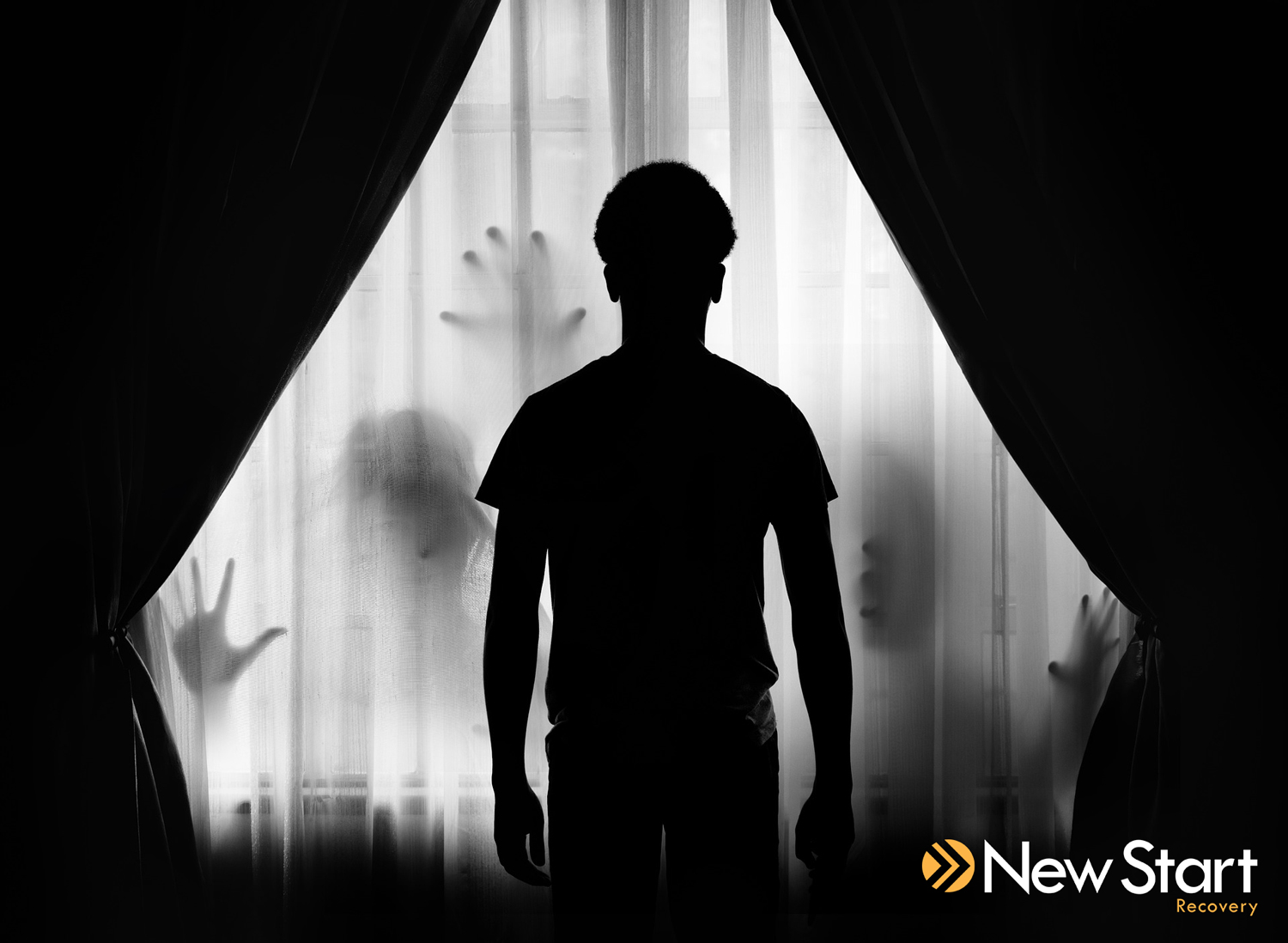Mark your calendars: this Saturday, April 28 is National Prescription Drug Take-Back Day! This initiative began with DEA-sponsored drug take-back events in 2010. Last year’s Take-Back Day, over 5,300 sites across the nation collected unwanted medications totaling over 456 tons.
Storing Old Medication is Dangerous
Believe it or not, home medicine cabinets played (and continue to play) a huge role in the current opioid epidemic. Most heroin overdose stories didn’t begin with a needle in the arm. They began with a perfectly legal, innocuous bottle of pills.
Although many addicts fall prey to their own opiate prescriptions (perhaps after a major surgery), storing old medication presents a danger to others as well. This danger increases exponentially if teenagers/young adult children live in the house, or if grandchildren visit. Why, exactly?
Pharmacologically speaking, prescription painkillers and heroin elicit the same effect in the human body. Both painkillers and heroin block pain receptors and induce feelings of euphoria and wellness. The difference? Painkillers benefit shareholders of pharmaceutical companies, so the FDA hasn’t stepped in to ban them. Heroin has been around for much longer than manufactured opiates like OxyContin, Vicodin, and Norco. Heroin never enjoyed the legal protection of pharmaceutical companies or the marketing efforts of their drug reps. But the opioid crisis doesn’t discriminate between heroin and painkillers.
National Prescription Drug Take-Back Day
It’s a short road between abusing prescription drugs to hitting the streets for heroin. That sounds extreme. But as many families devastated by the opioid crisis can testify, it’s not unrealistic. The addictive properties of painkillers exert powerful influence over our psychology and make us behave in uncharacteristic ways.
Disposing of old medications potentially nips the problem in the bud. But only if you dispose of them safely—after all, a bottle of pills on the top of the trash is actually more accessible than stored away in your medicine cabinet.
How to Safely Dispose of Old Medications
There are several ways to dispose of old medications safely. This list is organized by how ideal each solution is.
#1: Take-Back to an Authorized Disposal Site
Hands down, the most ideal way to dispose of old medication to drive them to a medication disposal site. That’s why it’s called National Prescription Drug Take-Back Day! Locate your nearest authorized collector at the DEA website. All CVS pharmacies provide this service, as well as some Walgreens locations.
#2: Mix into Waste & Seal
To avoid potential access in the trash, it’s important to mix and conceal your medications. We recommend these steps:
- Find unpalatable waste. We recommend dirt, used coffee grounds, or kitty litter.
- Mix medication and waste together. This makes it unlikely anyone will find the meds, and even less likely they’ll still consume them. Do NOT crush the medication!
- Conceal in plastic bag. The bag should be opaque so the medication remains hidden. If using a plastic Ziploc bag, we recommend wrapping the waste in paper towels first.
#3: Flush Them
For potentially fatal medications, immediate flushing is recommended. The DEA provides a comprehensive list of flushable medications here. They are primarily opiates and barbiturates. It is worth considering that flushing medications puts trace amounts of them into the water supply. So try the other disposal methods first!
Getting Treatment for Addiction
For many, these measures are too little too late. Safely disposing of old medication doesn’t solve an existing addiction problem. But as long as your loved one is still alive, it’s not too late. Help is out there. It just takes a willingness to change and therapeutic resources to get on the right track. If you or a loved one needs help for a substance abuse problem, call one of our addiction counselors today: 714-455-3409


